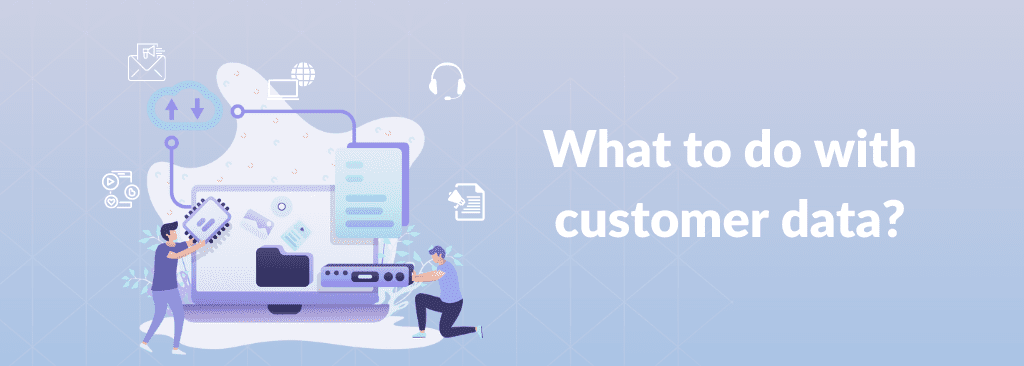How Do You Make Your Customer Data Work for You?
- Inspired by your recent shopping trends
- Sponsored products related to this item
- Frequently bought together
- Customers who viewed this item also viewed
- Customers who watched this also watched
- Recommended movies for you
You will have these categories displayed very generously on Amazon and Netflix pages.
How often have you ended up doing impulse buying or binge-watching based on the suggestions?
These are not random suggestions. They collect your data and run them through their AI, ML, and deep learning engines before these are shown to you.
Is There Learning for Us Here?
As an example, let us look at what Netflix does in this article and see the learning it throws up for us.
Netflix, in the recent past, claimed that their competition is not other streaming services but sleep. This is such a huge statement, which they claim because they have perfected the art of using data effectively.
They collect large amounts of your data and provide relevant, personalized suggestions. They are not without issues, but most often than not, their suggestions work.
What Kind of Data Do They Collect?
They collect data on what you have watched, how many minutes you have watched, your search patterns, your demography, the devices you watch, and the time of the day. They also collect data of people with similar demography.
They collect so much data to ensure that their suggestions are closer to your preferences.
Let us assume I am a fan of Al Pacino, and I search for “Al Pacino movies” on Netflix. So, the next time they show Godfather as a part of the recommended movies, they would show me a thumbnail with Al Pacino on it, not Marlon Brando.
You get the drift right. That’s how thorough Netflix is when it comes to personalization.
Besides using data to suggest what users should watch next, they also advise their content creation teams.
Can you believe that the success of Netflix originals is a whopping 93%?
With the data gathered, they engineer content creation and production. The record-breaking successes of Stranger Things and Bridgerton were predicted to succeed much before hitting the screen.
Newer and Better Ways to Engage
Netflix kept redefining its metrics for engagement. For instance:
- Pre-2019, Netflix counted 70% completion of an episode or movie as a view
- In December 2019, it changed a view to any watch time of two minutes or longer – account for unique eyes on a content
- In October 2021, they moved away from the number of views to minutes watched
- Besides, they run more than 250 A/B tests yearly and test their hypothesis on a minimum of 100K users. That’s why no two people have the same experience on its platform.
After all, their business model depends on their ability to make people come back for more.
What Is Our Takeaway from This?
Every organization should collect as much data as possible – web traffic, email marketing metrics, past purchasing information, customer interactions across channels, issues raised by them, price points, and customer sentiments, among others.
Once you have this data, you should convert them into insights that you can act upon. Few questions for you to look at include the following:
- How do I make my customers’ lives better?
- Am I showing something relevant to my customer persona?
- Am I doing something today that is better than yesterday for my customers?
- Is my customer feeling the difference that I am able to bring about?
In our case, we collect a bunch of data across channels on customer interactions. Ours is an omnichannel platform that allows us to see a single view of our customers. Most of the data we collect is in the form of voice and text. We run our analytics engine on them and discover insights that would otherwise get lost.
We identify resolution efficiency, compliance issues, misselling and misrepresentation patterns, missed opportunities, opportunities to upsell and cross-sell, and training needs of the customer service representatives.
Let us look towards making the data work positively for the benefit of the customers.
